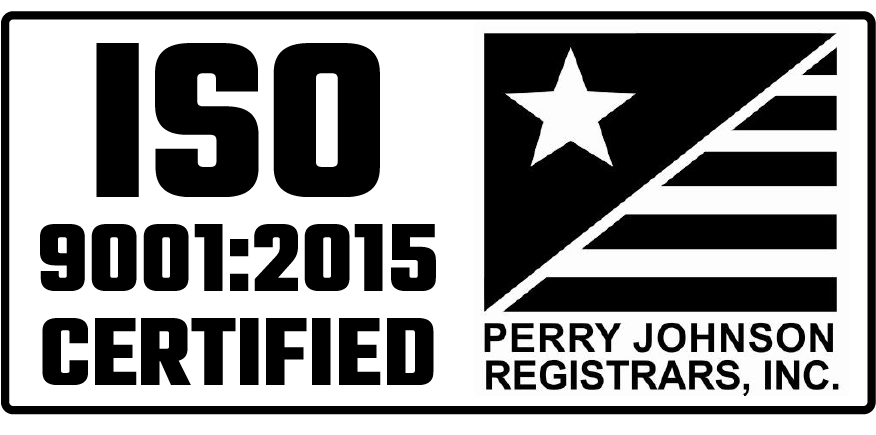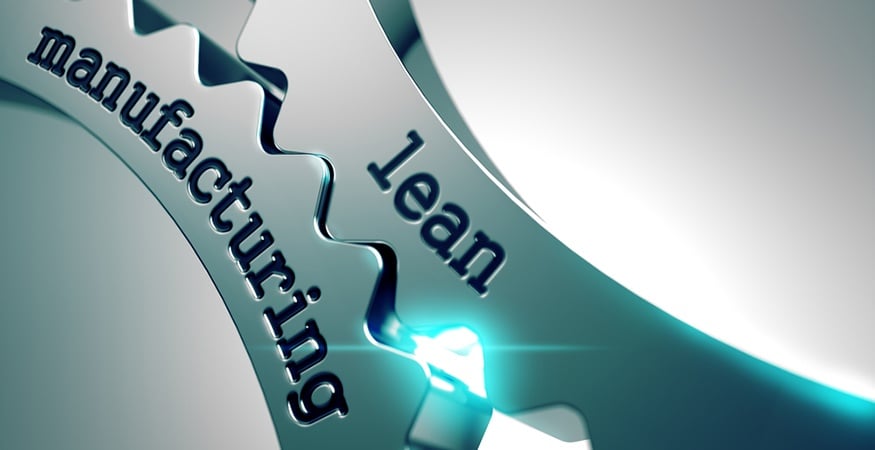Lean Manufacturing is rooted in the practices Japanese companies use to examine their processes, identify what truly adds value for customers, and eliminate anything that does not add value. Outside of that, companies have the freedom to define their own Lean journeys.
That freedom can be really helpful to manufacturers, but it also leaves a lot of ambiguity. Whether you’re just starting out or are in the midst of your Lean journey, we’ve put together five proven best practices to follow as you implement Lean Manufacturing:
Eliminate Waste
Lean principles aim to identify the waste found in nearly every business and minimize or completely eliminate it, if possible. The acronym “DOWNTIME” reveals the 8 types of waste Lean Manufacturers should target:
- Defects can lead to rework/salvage and scrap. It is arguably the most costly type of waste, especially if a defective product makes it to the customer.
- Overproduction is making more product than was ordered, potentially causing an inventory shortage and wasting labor hours that could be used elsewhere. Additionally, the manufacturer runs the risk of having obsolete inventory if the customer that generally uses the product decides not to order more.
- Waiting comes in several forms. The most obvious, perhaps, is a line shutdown while waiting for parts or equipment repair. Finally, there is in-process waiting that occurs when an employee has to wait for a machine to process before he or she can take the next step in the process.
- Not using people’s talents is a waste of their abilities, and it could hold a manufacturer back when it comes to innovation. It could also result in losing talented employees who have realized their talents might be better utilized elsewhere.
- Transportation happens throughout the manufacturing process, from the supply chain to material delivery and within specific production areas.
- Inventory has five major categories: finished goods, sub-assembly, raw component, office supplies and Maintenance, Repair and Operations (MRO). Obsolete or overlooked inventory can build up in all of these areas, taking up valuable space and cramping your cash flow.
- Motion includes bending, reaching, lifting and walking. Something as simple as sharing a tool between workstations can lead to a lot of wasted motion in retrieving it.
- Excess processing happens whenever time is spent on product features that do not impact part functionality. For example, painting a part that won’t be seen is non-essential and excessive, provided it still functions properly without paint.
As you read through the DOWNTIME targets, did a few examples of waste within your facility come to mind? If so, be proactive; make detailed notes about the inefficiencies and work to minimize them, asking for help from your colleagues as needed.
Continuous Improvement
Promoting a culture of continuous improvement instills Lean thinking throughout your organization, which leads to Lean actions and a desire to do everything better. Continuous improvement can happen daily. For example, as I was writing this post I realized that I’ve been keeping my pens in a cup on the left side of my desk. However, I’m right handed so it makes more sense to place the cup on the right side of my desk. That simple switch eliminates the wasted motion of reaching my right hand across the desk to grab a pen, or picking it up with my left hand and transferring it to my right. Such simple changes can have a big effect when every single person is thinking about how to improve their daily tasks.
Continuous improvement can also happen over a longer period of time through kaizen, a term translated from Japanese as “change for the better.” Kaizen events help uncover problematic processes as well as possible solutions. Kaizen events range in complexity, from something as simple as using a separate cart to store non-standard tools in workstations for a specific assembly; or rearranging a work cell for better flow; to reorganizing the entire production line to eliminate waste without compromising product quality.
Organize Using 5S
Through the continuous improvement process, the more organized a manufacturer is dictates process efficiency. Start from the top down, building value streams on the production floor based on assembly complexity and volume. Then, divide those value streams into work cells for each assembly. Within those work cells, every tool and work instruction is identically placed in order to implement a one-piece flow, based on the Lean Manufacturing 5S organizational methodology:
- Sort
- Set in Order
- Shine
- Standardize
- Sustain
The 5S principles are proven in keeping any workspace – offices included – running efficiently. So too is Kanban (Japanese for billboard or signboard), a tool for tracking the progression of a process. Whether it’s tracking parts ordering and delivery, or where certain assembly components are in the process of completion (wiring, painting, machining, etc.), Kanban is a visual and transparent way to keep everybody on the same page.
Safety
Practicing 5S makes for a safer workplace, and I think we can all agree that safety is critical. No company should sacrifice safety to implement Lean practices. In fact, if the unfortunate happens and an employee gets hurt, handling the resulting lost time injury could partially defeat the whole purpose of going Lean.
Track Metrics
You can’t improve what you don’t measure. If you think there’s an inefficient process within your facility, track the metrics to determine where you are, and set a goal for the improvement. The more process tracking you do, the better the odds to prevent problems that might otherwise cause financial or physical damage.
A manufacturer that implements Lean Manufacturing is making a commitment to bettering itself through more efficient processes, which can only lead to further delighting customers. Learn more about the benefits of Lean in our eBook, Tips for Implementing Lean Manufacturing Practices. Click the button below to access your free copy.





